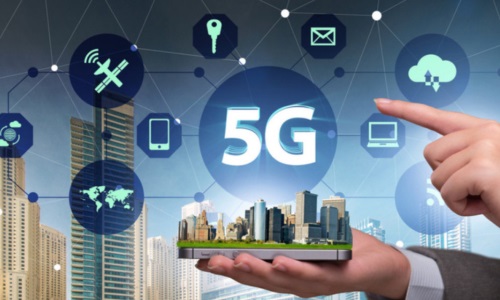
The rollout and widespread adoption of 5G technology bring significant advancements in connectivity, speed, and capacity, but they also introduce new security challenges.
The need for advanced security protocols in 5G is driven by several factors, which are crucial to ensuring the integrity, confidentiality, and availability of data transmitted across networks. Here are the key areas highlighting this need:










### 1. **Increased Attack Surface**
– **More Devices Connected**: 5G networks can support a massive number of connected devices, increasing the potential entry points for cyberattacks.
– **Diverse Application Environments**: The integration of various IoT devices, industrial systems, and other connected technologies creates complex networks that are harder to secure.
### 2. **Higher Speed and Increased Data Volume**
– **Faster Data Transmission**: While beneficial, the increased speed also means that cyber threats can propagate more quickly, making detection and response more challenging.
– **Large Data Transfers**: The transmission of sensitive data in real-time (e.g., in healthcare or finance) necessitates stronger encryption and data protection mechanisms.
### 3. **Emerging Use Cases**
– **Critical Infrastructure**: 5G will support essential services (transportation, healthcare, utilities), where security failures can have severe consequences.
– **Autonomous Systems**: From vehicles to drones, security breaches in these systems can lead to critical failures, necessitating robust cybersecurity measures.
### 4. **Evolving Threat Landscape**
– **Advanced Persistent Threats (APTs)**: As networks become more complex, they may attract more sophisticated attackers who employ advanced techniques to breach security.
– **Supply Chain Vulnerabilities**: The integration of components from multiple vendors increases supply chain risks, making it essential to ensure that security measures are consistent across all suppliers.
### 5. **Privacy Concerns**
– **User Data Security**: With the vast amount of data processed by smart devices, there is a heightened risk of breaches that could compromise user privacy.
– **Regulatory Compliance**: Organizations must ensure compliance with data protection regulations (like GDPR) that mandate high levels of user data protection.
### 6. **Dynamic Network Slicing**
– **Segmentation of Network Resources**: 5G allows for network slicing, where different slices can be allocated for specific applications (e.g., emergency services, IoT applications). Each slice must have its security protocols tailored to its specific requirements.
– **Resource Isolation**: Effective security measures must ensure that breaches in one network slice do not affect others, enhancing the importance of multi-layered security architectures.
### 7. **Post-Quantum Cryptography**
– **Future-proofing Security**: With advancements in quantum computing, traditional encryption methods may become vulnerable. The need for post-quantum cryptographic algorithms to protect data against potential quantum attacks is becoming crucial.
– **Long-Term Security**: As 5G cells and networks have a long lifecycle, deploying cryptographic algorithms resilient against quantum attacks is essential for future-proofing security.
### 8. **Zero Trust Architecture**
– **Assume Breach Philosophy**: The concept of Zero Trust assumes that threats could be internal or external, advocating for strict identity verification and least privilege access controls.
– **Continuous Monitoring**: Implementing continuous monitoring and validation of users and devices helps in early detection of anomalies or intrusions.
### 9. **Strong Authentication Methods**
– **Enhanced User Authentication**: With the rise of IoT devices, strong multi-factor authentication methods are critical to secure user access control.
– **Device Authentication**: Each connected device must be authenticated to ensure it is genuine and authorized to connect to the network.
### Conclusion
In conclusion, the transition to 5G demands a holistic and advanced approach to security tailored to its unique challenges and opportunities. A comprehensive security strategy that includes strong encryption, real-time monitoring, vulnerability management, and regulatory compliance will be crucial for protecting the integrity of 5G networks and the data they handle. Organizations must anticipate evolving threats and invest in advanced security technologies and protocols to mitigate risks effectively.


Leave a Reply